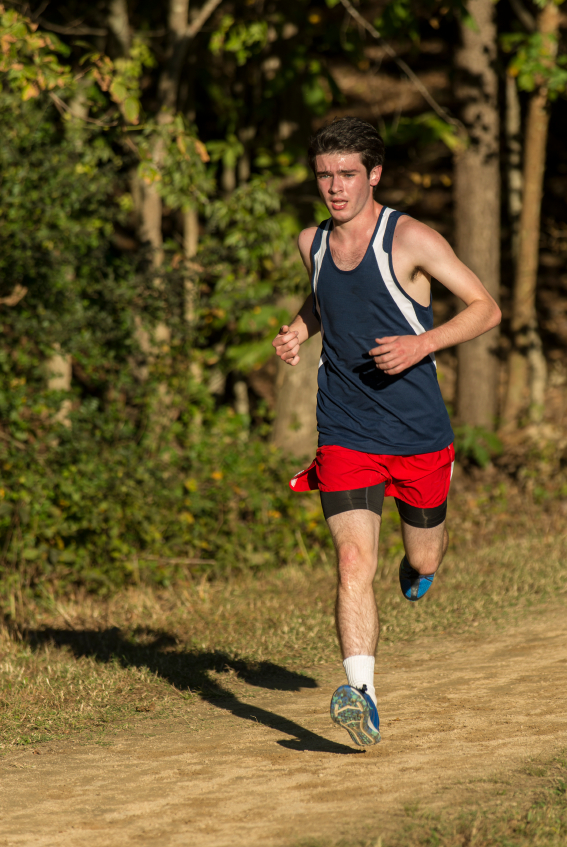Last August, William Shogran was looking forward to his first season with the Sebastian River High School football team. The 14-year-old lineman would never get to take the field.
On Aug. 13, with temperatures on the practice field nearing 85 degrees by 11 a.m. and humidity making it feel like 94 degrees, Shogran began to feel ill. He vomited, but declined help. Later, he began to feel dizzy. He finally told a coach he wasn’t feeling well, then passed out. Minutes after an ambulance was called, he was totally unresponsive. He was later declared dead at the hospital.
The cause of death: heat stroke.
What to look for
With practices for the fall season already underway, though the summer heat and humidity is still with us, heat stroke continues to be a big concern for everyone involved with youth sports “” especially one sport.
“We really get concerned at this time of year about the effects of the heat and dehydration, which can have serious medical complications,” said Matthew DesJardin, a physician with OrthoCincy. “That is particularly the case for football players, who are wearing equipment which predisposes them to heat illness and dehydration.”
The Centers for Disease Control has been tracking heat exhaustion cases for the past few years, finding that high school athletes practicing in the August heat suffer an estimated 9,237 heat illness cases each year. Football players account for the majority of those cases, the CDC reports, which isn’t a surprise for those who have been following media reports like that of Shogran.
Heat dangerous for the entire family
The Florida high school hopeful is just one of 52 players “” including 41 high schoolers, eight collegians and two pros “” to have died from heat stroke and dehydration since 1995, which should be a concern not only for players and their parents, but coaches as well.
“We really need to remind everyone about (it) because most of the interventions for heat-related injuries must happen at the team and coaching level where they need to manage their practices in the heat,” said DesJardins.
What to look for
Knowing the symptoms of heat stroke and heat exhaustion is the first preventative step, he added. Symptoms include headaches, vomiting, dizziness and cramping and can happen long after practice has ended.
Being aware of the conditions that could cause heat illnesses is another step. According to the CDC, coaches should follow guidelines set forth by the National Athletic Trainers Association that limits the frequency, duration and intensity of practices, as well as protective equipment used. Coaches should monitor temperatures and the heat index and modify practices appropriately.

